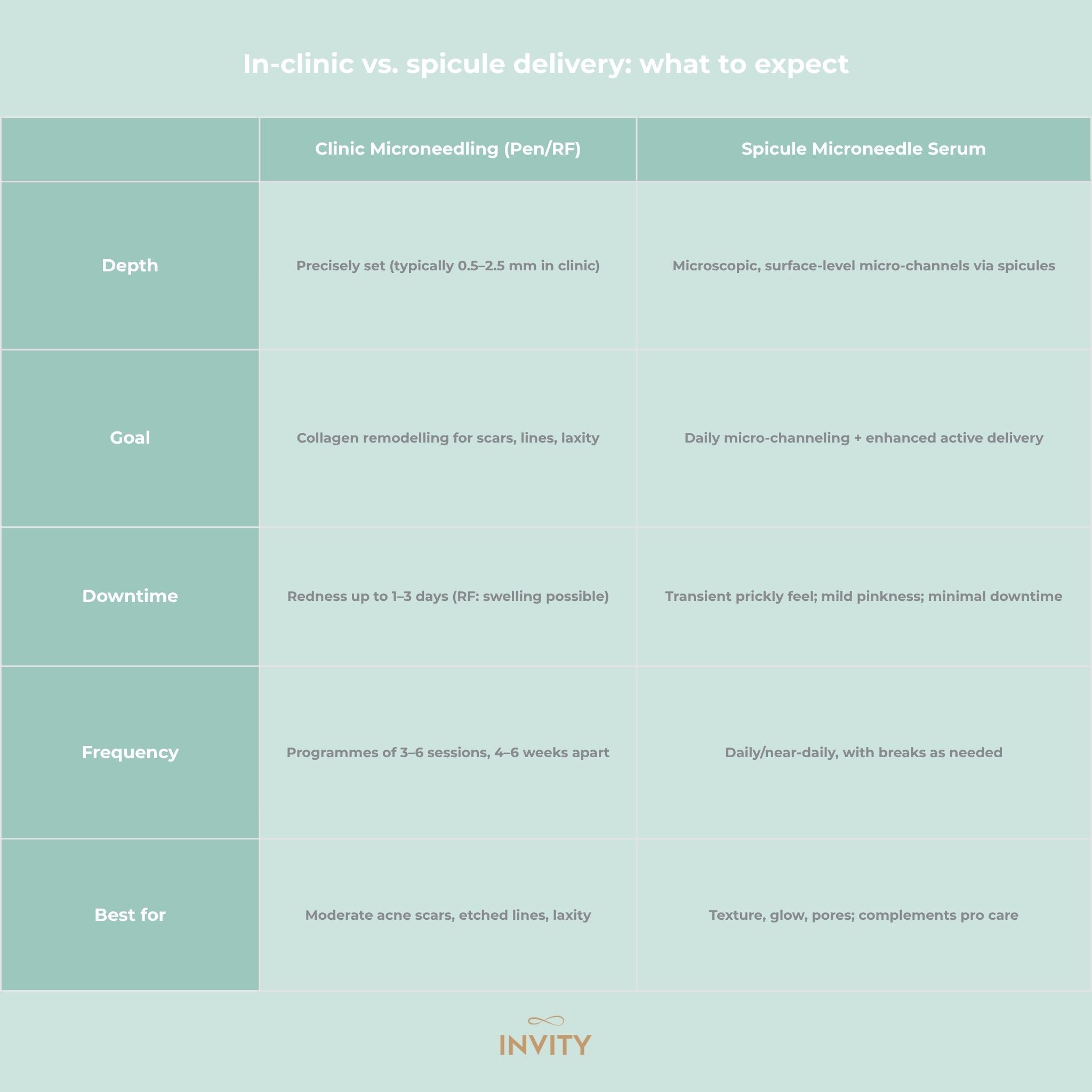Microneedling Reinvented: From In‑Clinic Needles to “Microneedling in a Jar”
Posted by Invity Team on 2nd Oct 2025
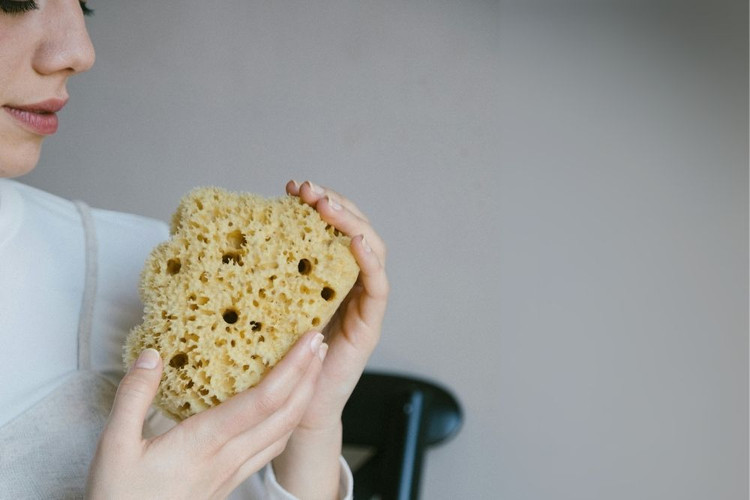
Part 2 of our “Collagen” Series
Microneedling has surged in popularity as a minimally invasive (i.e., no surgery, minimal downtime) way to refresh skin’s texture, tone and bounce. By creating precise micro‑channels, it taps your skin’s own repair response while giving high‑value actives a better shot at working where they’re needed. It is versatile (tackling pores, fine lines, post‑acne marks), customisable, and it plays well across skin tones – when parameters are chosen thoughtfully. And the added beauty? You can get microneedling professionally with pen/RF devices or at home with topical micro‑crystals (spicules) like those in Invity’s new Microshot Collagen Serum – no device and minimal downtime required. Here’s what you need to know.
Part 1: Is Collagen Banking Really Possible? Science, Scepticism and Smart Skincare
Part 2: You are here
Part 3: Vegan vs Salmon PDRN: DNA Repair Signal For Calmer, Firmer, Glowier Skin
Part 4: Exosomes: Your Need-to-Know on the Next Skin Frontier
A quick primer: the microneedling universe
Microneedling is an umbrella term for techniques that create tiny, controlled micro-injuries or micro‑channels in skin to nudge repair and help active ingredients absorb more effectively. Think of it as precision “wake‑up calls” for collagen and elastin.
On the one end, you have professional, device‑based treatments in-clinic with motorised pens and radiofrequency (RF) microneedling, which adds controlled heat for dermal remodelling.
In the middle sit classic professional dermal rollers.
At‑home options range from very shallow dermal rollers and dissolving microneedle patches to modern spicule micro‑crystal serums (like Microshot Collagen Serum) that mimic the effect – no device needed.
Spicule serums suspend microscopic, needle‑like crystals in a lightweight base. When you massage them in, they “seat” into the stratum corneum, forming micro‑channels, which spark a gentle repair signal and ferry active ingredients deeper into the skin than a standard serum. Essentially, it’s the idea of microneedling in a daily, wearable format.
What microneedling does (and why skin loves it)
Microneedling (aka percutaneous collagen induction) uses very fine needles or micro‑crystals to create uniform, shallow micro‑injuries in the skin. This:
- Initiates the skin’s repair cascade (stimulating growth factors and fibroblast activity), encouraging fresh collagen and elastin.
- Improves texture, fine lines and the look of pores over time.
- Helps fade post‑acne marks and even out tone with consistent treatment plans.
- Enhances penetration of topicals by forming brief micro‑channels through the stratum corneum.
Results are cumulative. Most clinic protocols space sessions 4–6 weeks apart. Remember that at‑home strategies complement – but do not replace – professional care.
Who is microneedling for, and when to be cautious?
Great for: early texture changes, visible pores, mild acne‑mark unevenness, fine lines, dullness, and those between or maintaining pro treatments.
Avoid or ask your clinician first if you have:
- Inflamed acne, eczema/dermatitis flares, active infections or open lesions in the area.
- A history of keloids/hypertrophic scarring or very reactive/sensitive skin.
- You’re pregnant, nursing, on blood thinners, immunosuppressed, or currently using isotretinoin like RoAccutane or similar (or recently completed a course). Always check with your doctor.
Care for deeper skin tones
If you’re prone to post‑inflammatory hyperpigmentation (PIH), choose experienced clinicians for professional treatments and emphasise gentle parameters, barrier care and daily sunscreen SPF 50+. Spicules can be a lower‑downtime option; still, introduce gradually and monitor response.
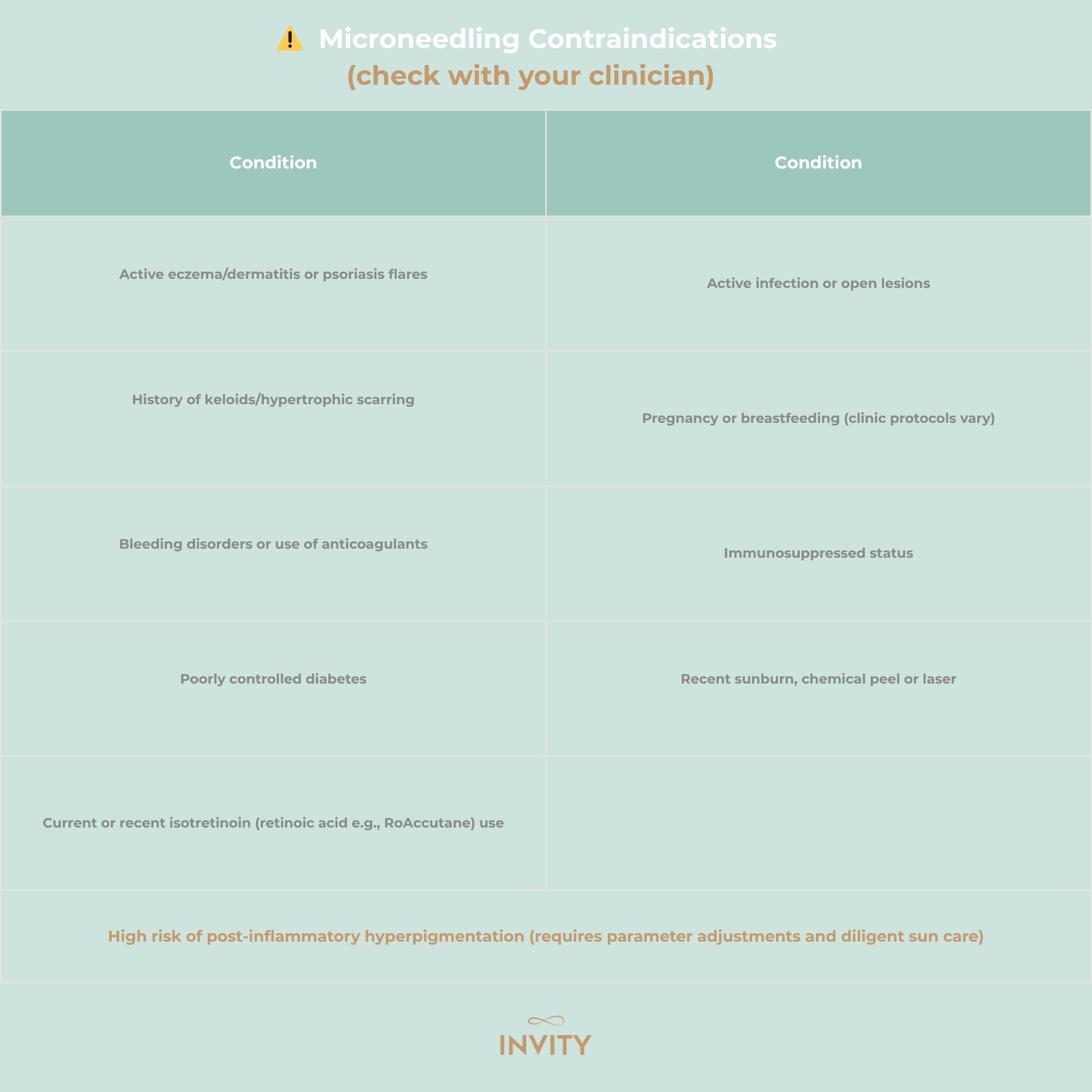
Clinical microneedling & dermal rollers: a closer look
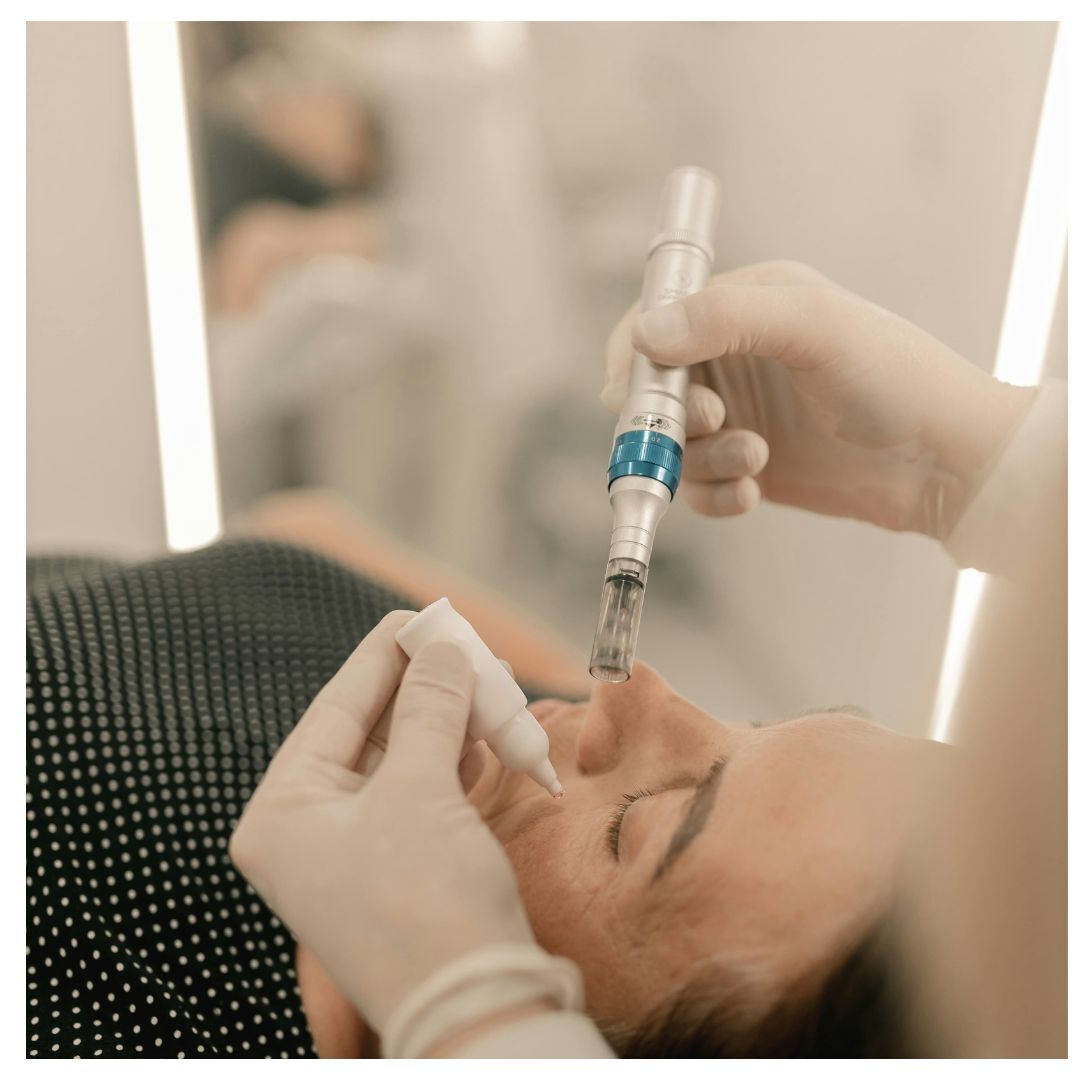
Clinic microneedling (motorised pen devices)
These clinic workhorses have adjustable needle depth and speed to enable tailored treatments for texture, scars or tone, with predictable coverage.
How it works: A powered handpiece moves a cartridge of sterile, fine needles vertically at high speed to create uniform micro‑channels. Depth and speed are adjustable (commonly ~0.5–2.5 mm in clinic), allowing personalised protocols for rejuvenation or acne scarring.
Best for: textural refinement, the look of fine lines, enlarged pores and atrophic acne scars. Ideal when you can commit to a series of sessions and aftercare.
Treatment plan & downtime: Typical programmes are 3–6 sessions spaced 4–6 weeks apart. Expect redness and warmth for 24–72 hours; tiny pinpoint marks may be visible for 1–2 days. Make-up is usually best avoided for 24 hours post‑procedure.
Aftercare essentials: gentle cleansing, hydration and daily SPF 50+; avoid strong exfoliants/retinoids for 1–3 days.
Radiofrequency (RF) microneedling (needles + radiofrequency heat)
Combines needles + controlled RF energy delivered at depth to tighten and remodel the dermis; popular for atrophic (indented) acne scars, laxity and visible pores.
How it’s different: Delivers controlled heat through insulated needles at depth (into the dermis) to remodel collagen and improve acne scars, laxity and pores with similar or slightly longer downtime than standard microneedling.
Who benefits: those seeking extra tightening/remodelling beyond texture alone; suitable across skin tones with expert parameter selection.
Manual dermal rollers (clinic and home-use)
Cylindrical rollers with fixed‑length needles that “roll” across skin. Depth isn’t adjustable; technique matters to avoid scratches or irritation.
Caution: Because the needles enter at an angle, technique matters to avoid scratching.
Clinic devices: Results accrue with a series of treatments spaced 4–6 weeks.
Questions to ask your clinic:
- What needle depths and passes will you use for my concerns?
- What end‑points are you targeting (redness level, pinpoint bleeding, warmth)?
- How will you adjust for my skin tone and risk of post‑inflammatory hyperpigmentation?
- What aftercare do you recommend for the first 72 hours?
- How many sessions do you anticipate and at what intervals?
- When can I return to exercise/sun exposure/make‑up?
Home microneedling options
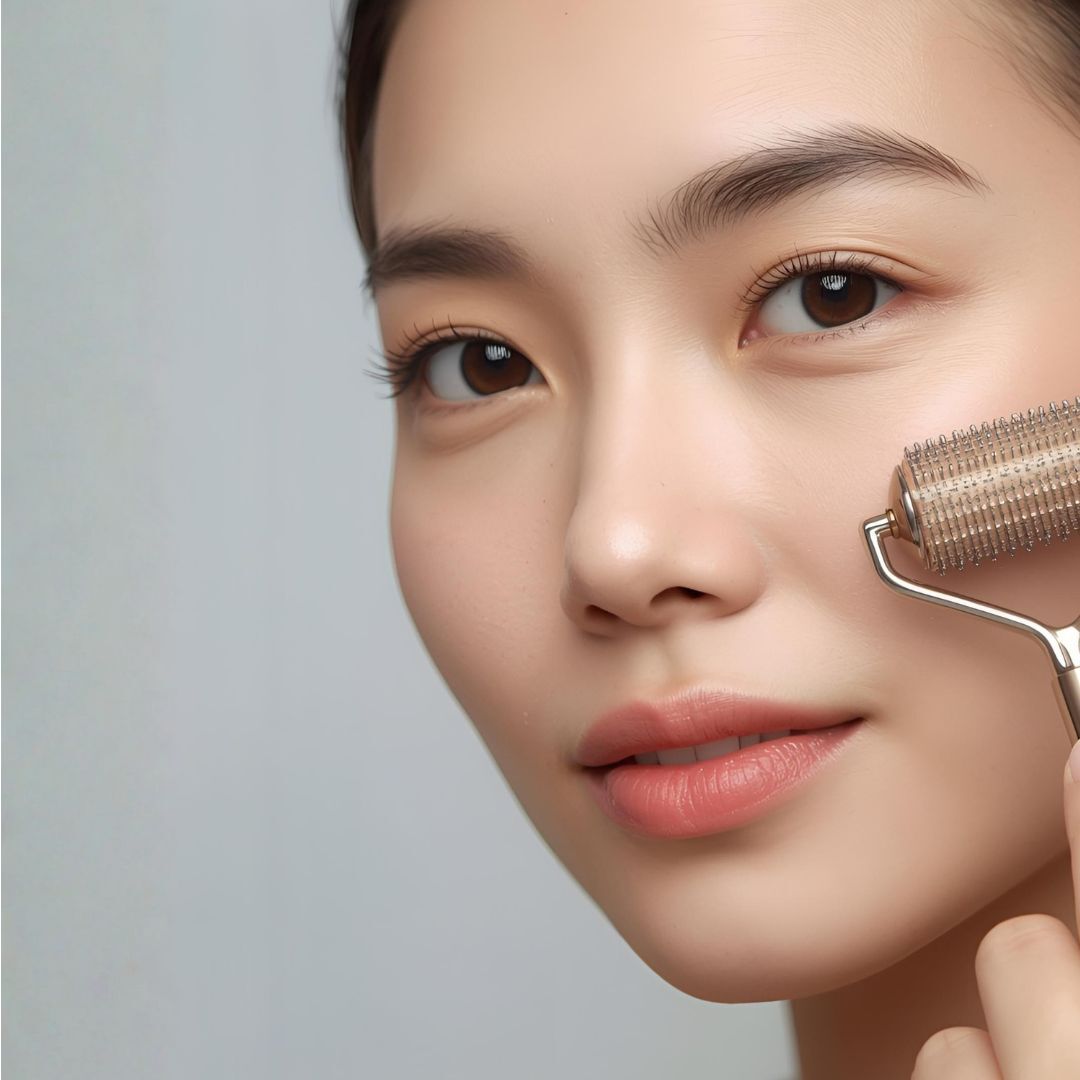
Home-use manual rollers
These have shorter needles with a shallower penetration, to ensure you do not damage your skin.
Where they fit: very shallow rollers can be used at home for product boost (follow brand guidance); deeper rolling is best left to professionals.
Hygiene & safety: never share devices; replace heads regularly; avoid on active acne, eczema or infections.
Note: Discontinue and consult a clinician if persistent irritation occurs.
At‑home dermal roller sanitisation checklist:
- Wash hands; cleanse face and pat fully dry.
- Rinse roller head under warm water; soak in 70% isopropyl alcohol for 5–10 minutes; air‑dry on clean tissue.
- Roll gently with light pressure; avoid inflamed areas and the eye contour.
- After use: rinse, soak again in 70% isopropyl alcohol, air‑dry, cap and store.
- Replace heads every 1–3 months, depending on use.
Dissolving microneedle patches
Biodegradable cones (often hyaluronic acid or polymers) that melt after insertion, releasing actives like peptides or retinoids to a focused area.
Spicule microneedles (topical micro‑crystals)
Naturally derived or bio‑identical sponge spicules are suspended in a serum/cream. When massaged in, they form micro‑channels and create a short‑lived “prickly” feel as they drive actives into skin.
Patch-test spicule serums on a small area (e.g., behind your ear) for 24 hours. For dermal rollers, trial a tiny area first and space out use; discontinue if irritation persists.
Quick guide to the right microneedling method for you
- Targeting moderate acne scars or deeper lines? Go for a tailored series of sessions with a clinic pen or RF.
- Early texture, visible pores, glow, or maintenance between pro sessions? Choose a spicule serum for frequent, gentle micro‑channeling.
- Needle‑averse or tight on time? Spicule serum = no device upkeep, minimal downtime.
- Event in 48 hours? Spicule serum can deliver smoothness and grip for make-up once the initial prickly feel settles.
- Budget‑savvy consistency? Spicule serum scales daily; clinic devices work in programmes (3–6 sessions).
“Microneedling in a Jar”: how spicule delivery works
Spicules are microscopic, needle‑like crystals (from marine or freshwater sponges) used as dermal delivery accelerators.
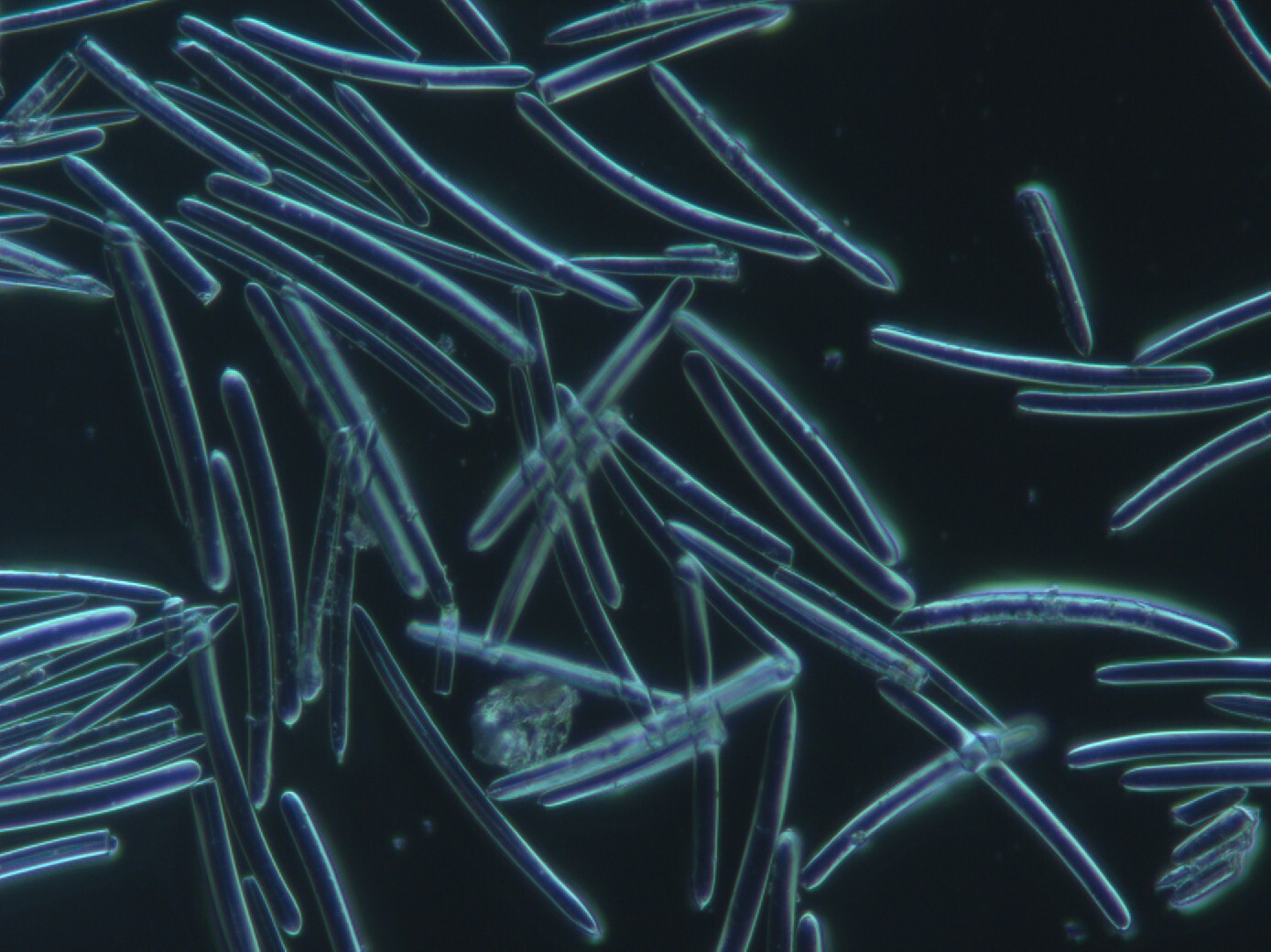
Microscopic sponge spicules
In skincare, they act like “liquid microneedles”:
- Creating plentiful micro‑channels similar to microneedling when gently massaged into the skin.
- Stimulate a localised, controlled inflammatory signal that kick‑starts repair – so you may experience a prickling sensation that is typically mild and transient.
- Enhance penetration of otherwise hard‑to‑deliver actives.
- Shed naturally as skin exfoliates over the next 1–3 days.
Why spicules are exciting
- No device or needles to sanitise.
- Targeted, adjustable intensity: pressure and massage time tune the sensation.
- Great “bridge” between clinic treatments: use in maintenance phases for ongoing collagen support.
Meet Invity Microshot Collagen Serum
This silky gel-like serum combines high‑performance actives, including human-identical vegan collagen peptides, with Spicule Microneedle Delivery for a microneedling‑like boost in a daily, youth‑activating serum.
Good read: Is Collagen Banking Really Possible? Science, Scepticism and Smart Skincare
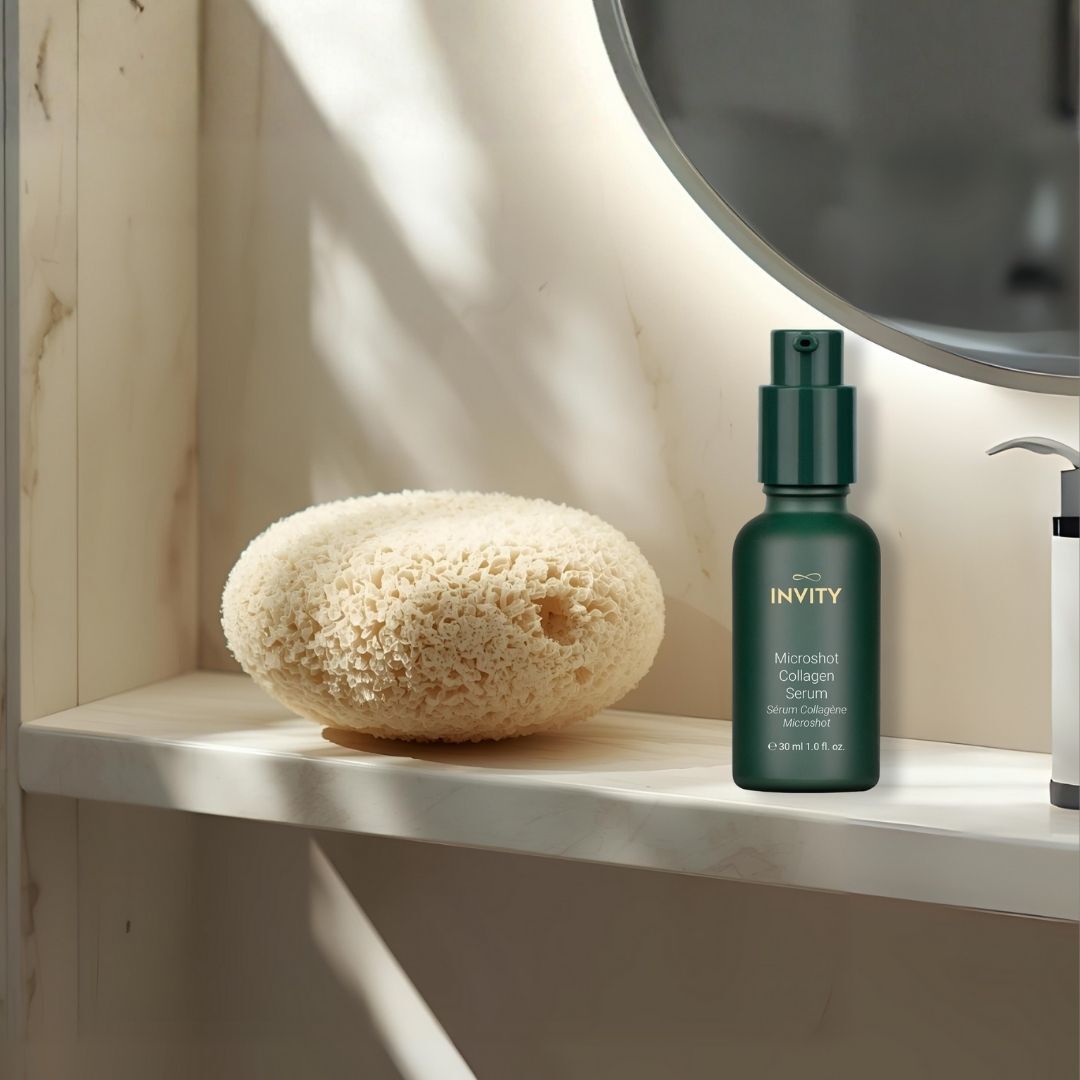
Key technologies & actives
- Biomimetic collagen peptides: provide building blocks/signals to support firm, springy skin.
- Vegan PDRN (Polydeoxyribonucleotide): a well‑studied regenerative DNA fragment complex used to support wound healing and skin repair.
- NMN (Nicotinamide Mononucleotide): an NAD⁺ precursor that supports youth‑activating cellular energy and repair capacity.
- Centella Exosomes: support regeneration, help neutralise oxidative stress and support repair
- Microneedle Sponge Spicules: create micro‑channels to boost absorption; trigger gentle repair signalling.
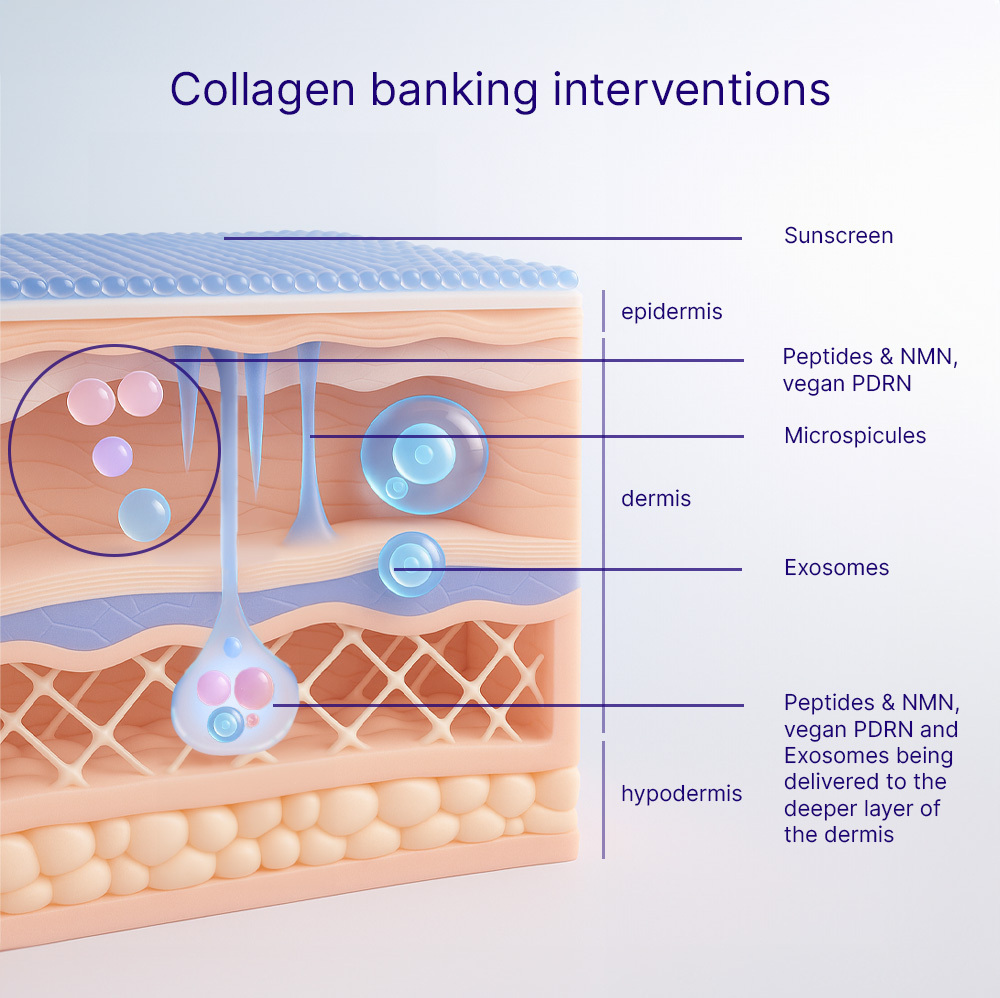
What to expect
- Immediately–48h: A light prickly, sandy feel is normal for about 12–48 hours post‑application; skin often looks extra‑smooth with better make-up grip.
- Weeks 2–4: Gradual texture and radiance improvements with consistent use.
- Weeks 6–12: Appearance of refined pores and increased bounce with continued routine.
How to use
Nighttime:
- On cleansed, toned, bone-dry skin, apply 1–2 pumps to face.
- Massage, avoiding eye and lip area, for 30–60 seconds with gentle, circular motions to evenly “seat” the spicules.
- Follow with a simple moisturiser.
Morning: Apply broad‑spectrum SPF 50+ daily.
Your Invity Microneedling Routine
- Cleanse: Youth Activating Cream Cleanser
- Collagen-plumping: Microshot Collagen Serum
- Seal/soothe: Youth Activating Microemulsion for light hydration or Youth Activating Cream Concentrate for extra nourishment
- Hydration boost: SuperNAD Youth Activating Facial Sheet Mask
- AM defence: Youth Activating Invisible Mineral Sunscreen SPF 50 PA+++
- Non‑spicule day extras: Youth Activating Instant Filler, Youth Activating Essence, Youth Activating Retinoid Serum
Learn more: Read our day-night Invity routine sheet mask science here. For Instant Filler FAQs, read this deep dive.
Microneedling myths vs facts
- “Microneedling thins skin.” Myth. The goal is controlled signalling that supports dermal remodelling – not thinning.
- “More pressure = better.” Myth. With spicules, intensity comes from massage time and light pressure, not force.
- “Prickly = irritation.” Not necessarily. A transient sensation reflects spicules seated in the stratum corneum. Scale back if redness or sting persists.
- “Stack all acids/retinoids on the same night.” Myth. Alternate until tolerance is clear.
The last word
Whether you choose an in‑clinic microneedling programme, a home roller for very shallow, careful use, or “microneedling in a jar” with Microshot Collagen Serum, the principle is the same: create precise micro‑channels, spark the skin’s defend → repair → renew cycle, and help high‑value active ingredients do more. Clinic pens (and RF microneedling) remain the gold standard for scars, laxity and deeper texture work, while spicule serums offer a gentle, daily way to maintain momentum between appointments and keep youthful‑looking bounce in play.
Start slow, listen to your skin, and prioritise hydration and sun protection. If you have complex concerns or medical conditions, partner with a trusted clinician for a plan that balances depth, frequency and after‑care. Get set for smoother, brighter‑looking skin… ready to go?
Read next
← Back to Part 1: Is Collagen Banking Really Possible? Science, Scepticism and Smart Skincare
→ Up next, Part 3: Vegan vs Salmon PDRN: DNA Repair Signal For Calmer, Firmer, Glowier Skin
→ Up next, Part 4: Exosomes: Your Need-to-Know on the Next Skin Frontier
FAQs
Will I feel the spicules?
Yes – a light, sandy or prickly sensation for up to 24–48 hours is expected and normal.
Can I use this with retinoids or acids?
Yes, but not all at once. Start slow and use on different nights.
Will I peel?
Some may notice a little dry‑down or micro‑flaking in the first week. Hydrate and avoid over‑exfoliating.
Is this safe for daily use?
Invity Microshot Collagen Serum is designed for gentle, at‑home use 2-3 times a week. As with any active regimen, listen to your skin and adjust frequency.
Do I still need sunscreen?
Always! Any strategy that increases cell turnover or micro‑channels makes daily, broad‑spectrum SPF non‑negotiable – reach for our Youth Activating Invisible Mineral Sunscreen SPF 50 PA+++.
